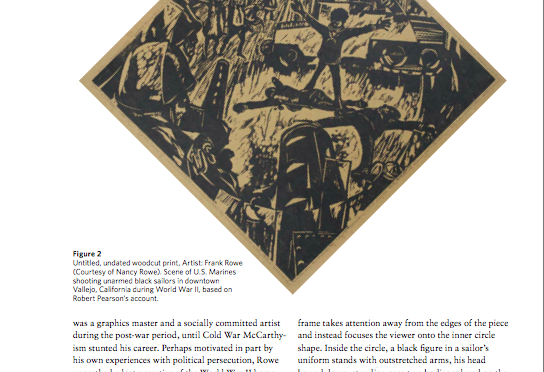Tag: design
-
Drafting “Research Methods and Critical Writing for Design”
I had some time to begin to develop the graduate research course I will teach in Design, Winter quarter 2017. This is a draft (and only a draft): Course Description This graduate research seminar in Design intends to pose two interrelated challenges: First, if one can identify something as a problem for designers to address,…
-
Harvard Design Magazine no. 42: Run for Cover!
More mailbag stuff! — This one arrived last week: Harvard Design Magazine no. 42: Run for Cover! In this issue, Demilit (of which I’m a member) has a piece on “thinking with suspicious packages,” an intervention into the discourse around tactical and informal urbanism(s). It draws from our research on urban securitization and electronic networks, particularly by…
-
Some readings from the last week or so…
Cartography of Naps by Eva Hagberg Fisher; on architectural affinities, fatigue, and gendered labor in academia. The Urbanization of Drone Warfare: Policing Surplus Populations in the Dronepolis by Ian Shaw. The Waterscape of Cochabamba, Bolivia, 1879-2000 (dissertation review); “Sarah Hines’ new study uncovers the deep historical roots of the Water War and the popular victory that resulted.” Negative…
-

Spaces of the 1942 Black Sailors’ Uprising in Vallejo, California
I wanted to give a quick heads-up that, at long last, one of my articles that took forever to publish has been released. This article reflects some of the work in my dissertation and book project, albeit much strengthened through the publishing process. I hope some of you can find it useful in your classes…